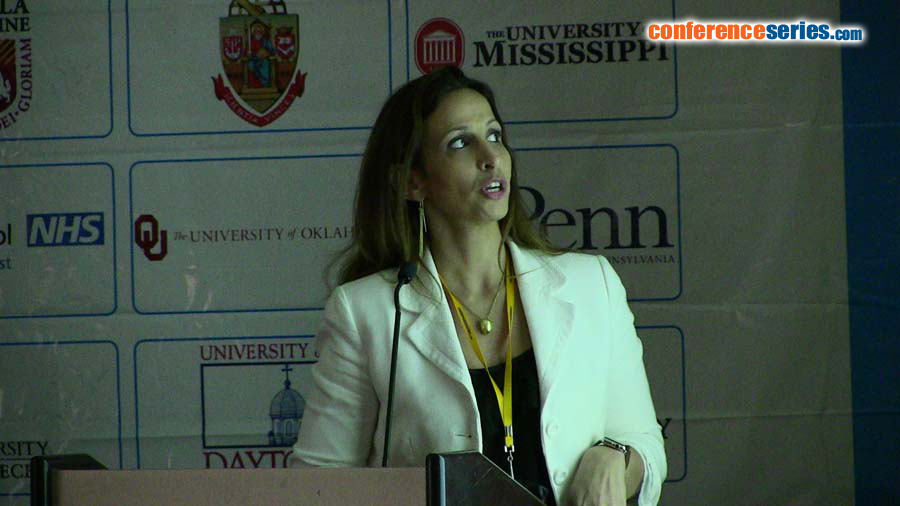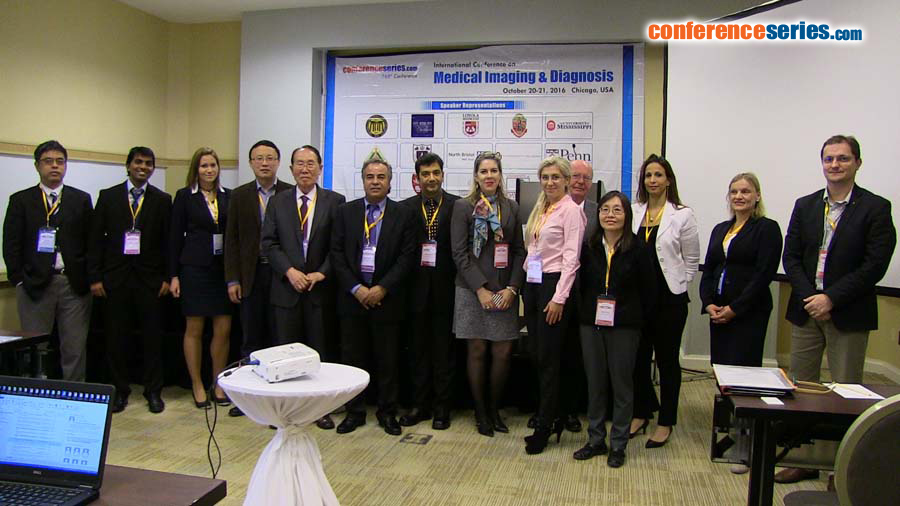
Bital Savir-Baruch
Loyola University Medical Center, USA
Title: The role of nuclear medicine in early breast cancer diagnosis - “How do we do?â€
Biography
Biography: Bital Savir-Baruch
Abstract
Breast cancer is the most common diagnosed cancer worldwide. Since the introduction of mammography as gold standard for screening purposes in the diagnosis of breast cancer, mortality decreased significantly. However, its performance in a population with dense breast is very low. Among all screening women, approximately 48% women will present with heterogeneously or extremely dense breast. Low performance of mammography is likely due to overlying glandular tissue masking tumor lesions. Hence, other modalities such as molecular breast imaging are been evaluated. Tc99m Sestamibi Molecular Breast Imaging (MBI) has demonstrated significantly higher sensitivity and equivalent specificity in the detection of breast cancer among high risk women when compared to mammography and is thus being used increasingly as an adjunct to mammography and ultrasound in selected women. Large trial by Rhodes et. al. evaluated the performance of MBI using as low as 8 mCi of Tc99m Sestamibi in the screening of high risk women with mammographically dense breasts. MBI sensitivity was significantly higher than that of mammography, 81% versus 24%, with same specificity of 93% vs. 89%. However, when compared to mammography, nuclear medicine breast modality generates all body radiation dose. When targeting a younger population with increased probability of having dense breast, appropriate risk to benefit ratio has to be established. In this presentation, we will review the role of nuclear medicine in the diagnosis of early breast cancer.



